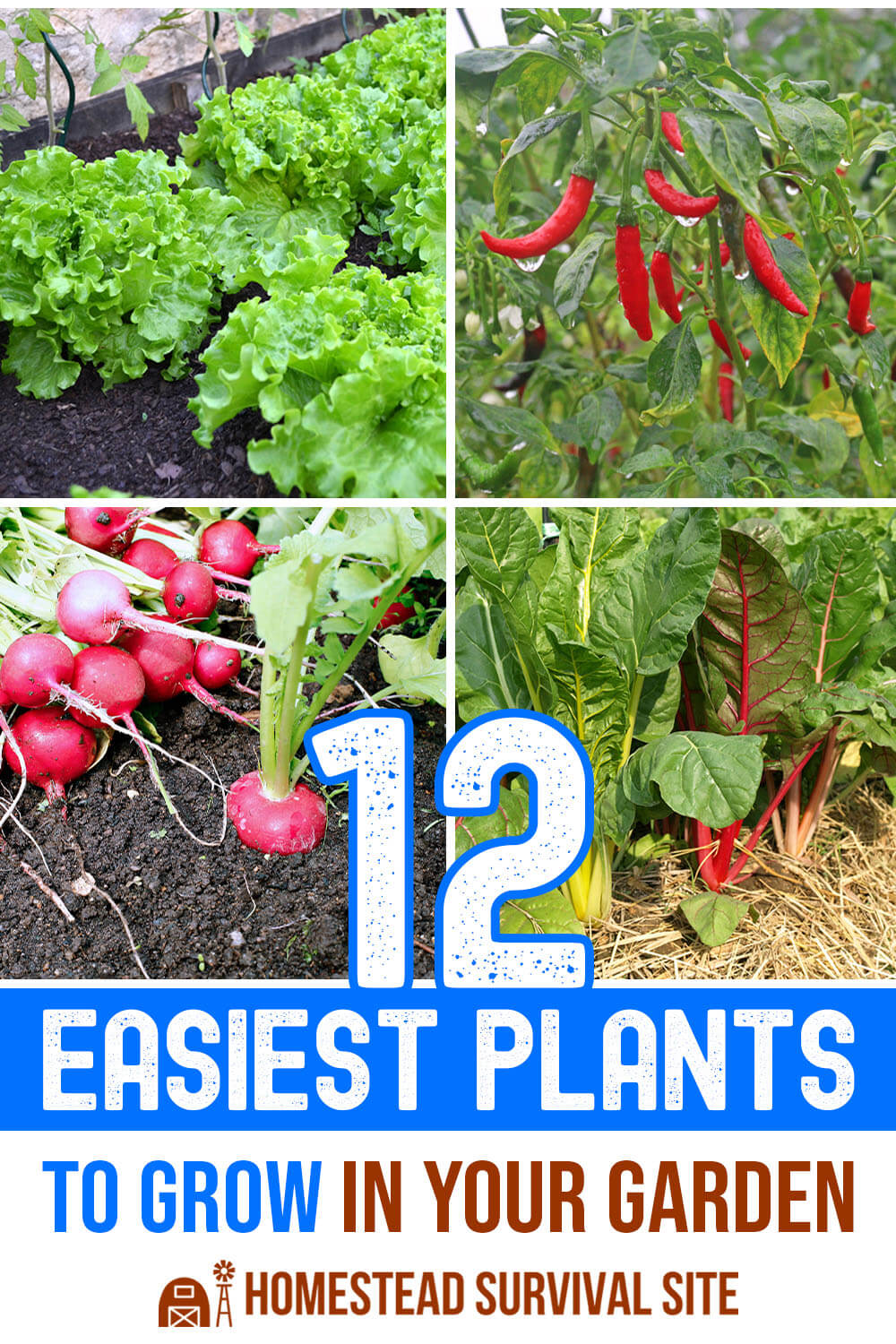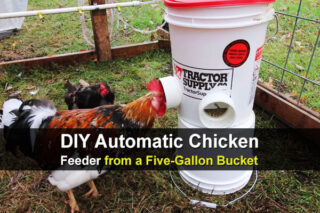Estimated reading time: 11 minutes
Whether you're new to gardening or want to improve your harvest this year, it's useful to know which plants are the easiest to grow.
We looked at factors such as ease of starting from seed or transplanting, low maintenance, and high yield to come up with this list of easy-to-grow vegetables in the home garden. So, whether you consider your thumb to be green or not, please take a look.
Want to save this post for later? Click Here to Pin It On Pinterest!
1. Lettuce

As long as you can protect them from deer, rabbits, and other pesky visitors, lettuce varieties are a sure bet for your garden.
You can tuck lettuce into small spaces or planters, and they provide color and texture to the look of your garden. Plus, who doesn't enjoy growing their own salad?
Here are a few top tips for growing lettuce:
- Keep the soil moist but not wet.
- Use row covers to shade leaves on hot days.
- Harvest leaves just before maturity to prevent bolting.
- Harvest in the morning for best results.
Here's a video that shares tips for growing lots of lettuce at home.
2. Green Beans
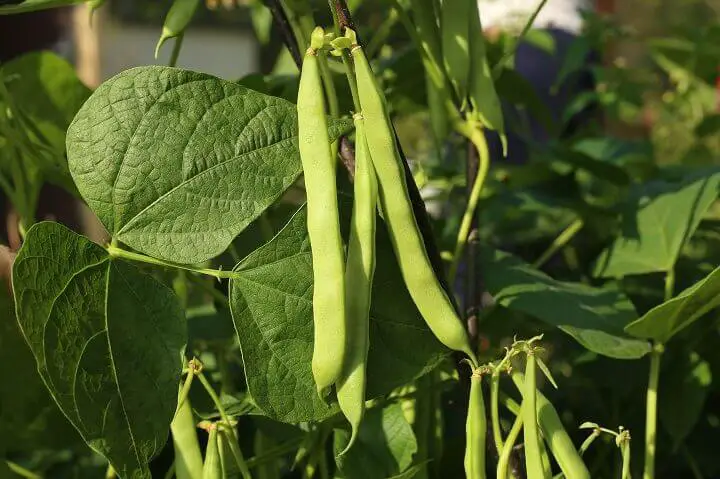
Green beans grow quickly, are versatile, and tend to thrive in warm, moist soil. If you have a small space, you can try vining varieties or bush beans that produce a sizeable harvest without taking up much room.
Whatever type of bean you plant, you should sow seeds outdoors one inch deep in fertile, well-tilled soil after the last spring frost date. Green beans grow best with a pH in the 6.0 to 7.0 range, and they require full sun.
Here are some other tips for growing green beans.
3. Peppers

Peppers are rewarding to grow in the home garden. You'll never want to use a store-bought pepper after smelling and tasting a fresh-picked home-grown pepper.
Like many of the other vegetables on this list, peppers don't require a lot of space, and many varieties produce well in pots.
If you're just getting started with peppers, you might want to begin with sweet bell peppers and jalapenos.
Keep in mind that peppers like things nice and warm, so ensure the last chance of frost has passed before planting outdoors. However, once they get going in a sunny spot with well-drained soil, healthy plants will continue to produce into the early fall.
Check out this advice for growing peppers in your home garden.
4. Peas

Just like green beans, please come in vining and non-vining varieties that make them an easy addition to any size garden. Many gardeners plant pea varieties with different maturity dates in order to have a continuous harvest throughout the growing season.
It's best to plant peas in well-drained soil in areas that get full sun in the early spring or fall in the garden or pots. You'll be surprised at how fast they grow.
This video offers some tips for planting and harvesting peas.
5. Radishes

Speaking of fast growers, radishes typically can be harvested in less than four weeks after planting.
Other advantages of these crisp salad vegetables are that you can plant them as soon as the spring soil is workable and plant them among slower-growing veggies. This interpointing also works because the slower-growing plants can help shade radish plants from the hot sun.
Here are some tips for successful radish growing.
6. Cucumbers

Cucumbers are another excellent option for the home gardener. They are easy and quick to grow, and you can find varieties that grow well in the garden or containers.
Plus, there are many fun types of cucumbers, ranging from all sizes of pickling cucumbers to lemon cucumbers. Cucumbers require full sun, and it helps to plant them near a fence or trellis they can climb.
This video offers information on how you can get a successful cucumber harvest.
7. Kale
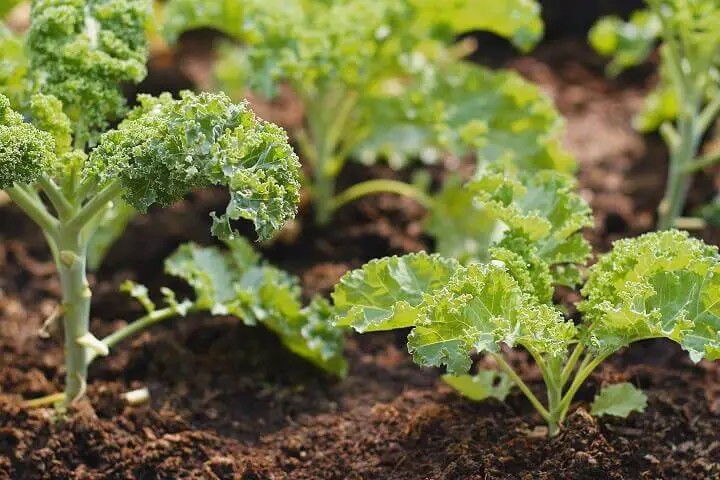
Known for its high nutrition and antioxidants, kale (and its cousins. mustard and collard greens) is very easy to grow.
You can plant this cold-loving veggie outdoors in the early spring or fall. Or get an early start by starting seeds indoors and then slowly hardening them off. Kale does best in full sun, but it will tolerate some shade as well.
Many varieties of kale offer a colorful and decorative look to your raised beds and container garden. Here are some growing tips for kale.
8. Swiss Chard

Swiss chard is another “superfood” that can be an easy addition to your home garden. A member of the beet family, Swiss chard is frost and heat tolerant.
Swiss chard grows best in full sun but can handle a little shade. Plant in well-drained, nitrogen-rich soil with a pH range between 6.0 and 6.5. Here are some of the popular varieties of Swiss chard:
- Bright Lights. It gets its name from its stem colors, which can include red, pink, orange, yellow, and white – all in one crop.
- Fire Fresh. Disease resistant and fast-growing, this chard has ruby-red stems and veins.
- Fordhook. This variety has fleshy, puckered leaves and can grow as high as two feet.
- Lyon. The tasty leaves are large and lime-green in color. They have a striking appearance on white stalks.
- Rhubard. No, that's not a misspelling. This chard variety looks a bit like rhubarb with its thick red stalks, but unlike rhubarb, it has deep red veins in its leaves. It is an heirloom variety that is ready to harvest in 60 days.
Here's more information on growing Swiss chard.
9. Garlic

Here's another easy-to-grow vegetable that will spoil you forever from enjoying the store-bought kind. The main tip for growing garlic is to time it right. Unlike many veggies, garlic requires a fall planting.
Plant garlic about four to six weeks before the ground freezes. Plant individual cloves three to four inches deep with the pointy ends facing upward. Then cover the bed with about six inches of straw. You may see some green shoots forming before winter sets in, but the plants will resume their full growth in the spring. You don't have to do much of anything but wait.
This video demonstrates how to plant garlic.
10. Onions

If you've had trouble growing onions in the past, the problem is likely a lack of sunlight. Otherwise, onions are low-maintenance plants that don't; have any pest issues. In fact, onions help keep some pests away from your garden.
Select a sunny location with loose, well-drained soil. Deep containers are another option. Onions do need nitrogen-rich soil in order to flourish. Here are some more tips for growing onions in your home garden.
11. Tomatoes
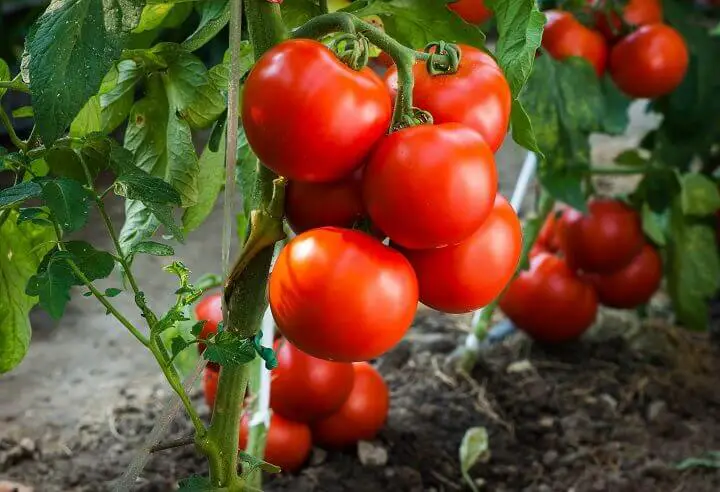
You can't have a home garden without tomatoes, can you? With so many shapes, sizes, and even colors to choose from, you're sure to have a hard time deciding which ones to try.
Tomatoes love heat and sunshine. Most varieties also need some support as they grow. Here are some of the easiest and fast-growing types for home gardeners.
- Cherry tomatoes. You can row these hardy plants in your garden, in containers, and even in hanging baskets. They are great raw in salads or cooked in sauces.
- Bush Early Girl. You can usually harvest this variety in less than 60 days. And they do well in small spaces.
- Glacier tomatoes. If you have a short growing season, you may want to try this variety, which tastes great and is ready to harvest in about 56 days.
Here is more information on growing tomatoes.
12. Squash

There's a good reason home gardeners give away squash to their friends and neighbors. It's because they usually have much more than they know what to do with!
There are two main types of squash – summer and winter. Summer squash includes zucchini, yellow squash, crookneck, narrow neck, pattypan, and zephyr. Pumpkin, acorn, butternut, and Hubbard are types of winter squash.
All varieties prefer a sunny location with well-drained soil. Because of their large leaves, squash also requires a lot of water. You'll need to water your plants if you don't get at least one inch of rain a week.
Here are more tips for growing squash from seed to harvest.
This list is not an exhaustive one by any means. You may have more ideas for plants that are easy to grow in your garden. However, we'll close with a summary of tips for anyone working on developing their green thumb this year.
- Location, location, location. Vegetables need sunlight to grow. Although some will tolerate partial shade, most plants require a minimum of six hours of sunlight a day. The right location also means plangent where you can water and maintain your plants easily.
- Taste and preferences. Grow what your family likes to eat. It's fun to experiment with new plants, but if everyone in your family hates beets, for example, why waste time and energy growing them?
- Know your soil. Your plants depend on the soil for the nutrients they need. Begin with loose, well-drained soil, but learn what you need to add for the best results. A soil test will give you essential information.
- Adjust for your growing season. Educate yourself on the average first and last frost dates in your area and plant accordingly. Here is the USDA zone map.
- Use raised beds and containers. Raised beds and containers can help lengthen your growing season by allowing you to protect your plants and giving you more space to work with.
For more on easy-to-grow veggies, here are some additional resources.
- GrowVeg: The Beginner's Guide to Easy Vegetable Gardening by Benedict Vanheems
- The Old Farmer's Almanac Vegetable Gardener's Handbook
- Vegetable Gardening for Beginners by Elizabeth Martens
- The Year-Round Vegetable Gardener's Bible by Steven Dowding
Like this post? Don't Forget to Pin It On Pinterest!
You May Also Like:

